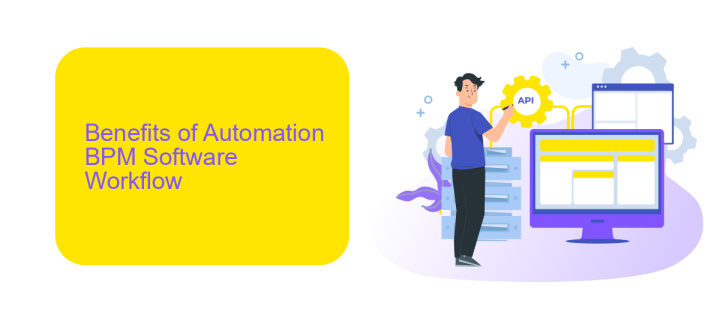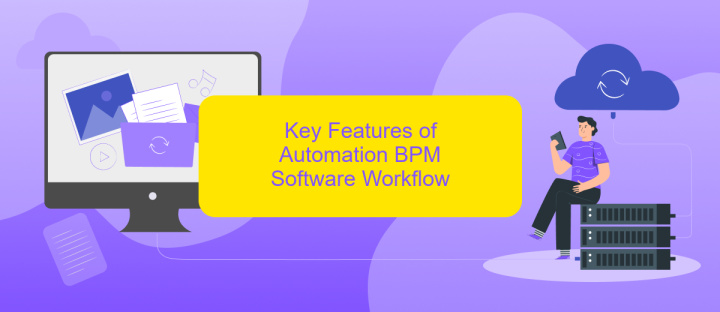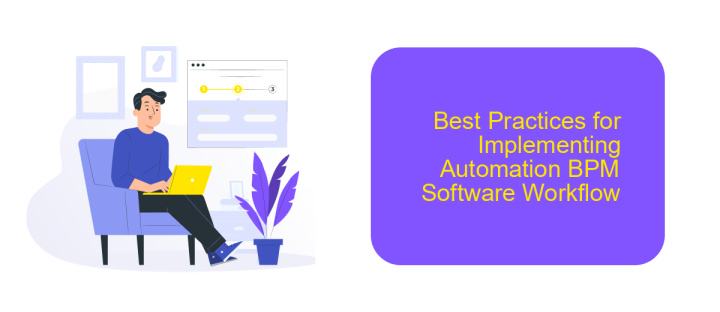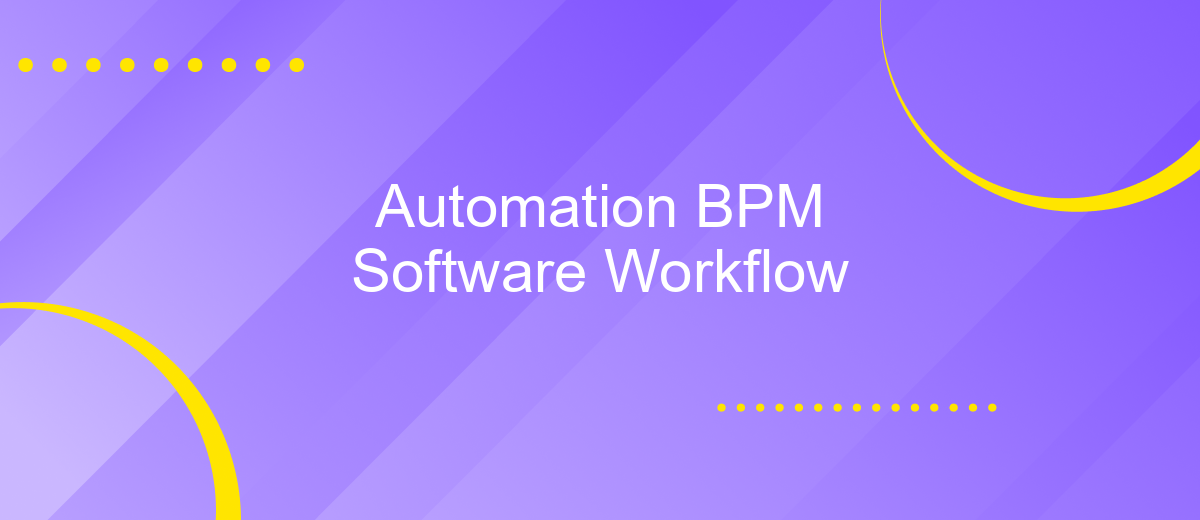Automation BPM Software Workflow
In today's fast-paced business environment, efficiency and productivity are paramount. Automation BPM (Business Process Management) software streamlines workflows, reduces human error, and enhances operational efficiency. By automating repetitive tasks and optimizing processes, businesses can focus on innovation and strategic growth. This article explores the benefits, features, and implementation strategies of BPM software to transform your organizational workflow.
Introduction to Automation BPM Software Workflow
Automation BPM (Business Process Management) Software Workflow is a powerful tool designed to streamline and optimize business processes. By automating repetitive tasks, it allows organizations to focus on more strategic activities, thereby increasing efficiency and productivity. This technology is essential for modern businesses aiming to stay competitive in a fast-paced environment.
- Improved process efficiency
- Enhanced collaboration and communication
- Reduced operational costs
- Better compliance and risk management
- Real-time performance monitoring
One of the key aspects of Automation BPM Software Workflow is its ability to integrate with various systems and applications. Services like ApiX-Drive facilitate these integrations by providing a user-friendly platform to connect different software without the need for coding. This enables seamless data flow and ensures that all components of the business process are working in harmony. By leveraging such tools, businesses can achieve a more cohesive and efficient workflow.
Benefits of Automation BPM Software Workflow

Implementing Automation BPM Software Workflow significantly enhances operational efficiency by streamlining repetitive tasks and reducing human error. This leads to faster process execution and improved accuracy, allowing employees to focus on more strategic activities. Additionally, automation provides real-time monitoring and analytics, offering valuable insights into performance metrics and enabling data-driven decision-making.
Another key advantage is the seamless integration with various platforms and applications. Tools like ApiX-Drive facilitate these integrations, allowing businesses to connect disparate systems effortlessly. This not only saves time but also ensures data consistency and accessibility across the organization. By leveraging such integrations, companies can optimize their workflows, enhance collaboration, and ultimately drive better business outcomes.
Key Features of Automation BPM Software Workflow

Automation BPM Software Workflow offers a comprehensive suite of features designed to streamline business processes and enhance productivity. These tools provide a seamless experience for managing tasks, workflows, and integrations, ensuring that all aspects of business operations are optimized.
- Process Automation: Automate repetitive tasks and processes to save time and reduce human error.
- Workflow Management: Design, execute, and monitor workflows to ensure efficient task completion.
- Integration Capabilities: Easily integrate with various third-party applications using services like ApiX-Drive, enabling smooth data transfer and synchronization.
- Real-Time Analytics: Access real-time data and analytics to make informed decisions and track performance metrics.
- Customizable Dashboards: Create personalized dashboards to monitor key performance indicators and workflow statuses.
These features collectively enhance the efficiency of business processes, allowing organizations to focus on strategic initiatives. By utilizing tools like ApiX-Drive for seamless integrations, businesses can ensure that their workflows are interconnected and data-driven, leading to improved overall performance and productivity.
Best Practices for Implementing Automation BPM Software Workflow

Implementing automation BPM software workflow requires careful planning and execution to ensure maximum efficiency and effectiveness. Start by clearly defining your business processes and identifying areas where automation can add value. This will help you set realistic goals and expectations for the implementation.
Next, involve key stakeholders from different departments to gather insights and ensure alignment. Their input is crucial for designing workflows that meet the needs of the entire organization. Additionally, invest in comprehensive training to equip your team with the necessary skills to utilize the new system effectively.
- Document all processes thoroughly before automation.
- Choose a scalable BPM software that can grow with your business.
- Leverage integration tools like ApiX-Drive to connect various applications seamlessly.
- Monitor and analyze performance regularly to make continuous improvements.
Finally, maintain open communication channels to address any issues promptly and gather feedback for ongoing optimization. By following these best practices, you can streamline your workflows and achieve significant improvements in productivity and efficiency.
Case Studies and Success Stories of Automation BPM Software Workflow
One notable case study involves a leading healthcare provider that implemented Automation BPM Software Workflow to streamline their patient intake process. Prior to automation, the provider faced significant delays due to manual data entry and paperwork. By integrating ApiX-Drive into their workflow, they were able to seamlessly connect various systems and databases, resulting in a 40% reduction in processing time. This not only improved patient satisfaction but also allowed staff to focus on more critical tasks, ultimately enhancing overall operational efficiency.
Another success story comes from a financial services company that struggled with compliance and regulatory reporting. By adopting Automation BPM Software Workflow, they automated the generation and submission of compliance reports, ensuring accuracy and timeliness. The integration capabilities of ApiX-Drive played a crucial role in connecting disparate data sources, enabling real-time updates and reducing the risk of errors. As a result, the company saw a 30% decrease in compliance-related costs and a significant improvement in regulatory adherence.
FAQ
What is BPM software and how does it benefit businesses?
How can automation improve workflow processes?
What should I consider when selecting a BPM software?
How can I integrate BPM software with other tools and systems?
What are the common challenges in implementing BPM software?
Time is the most valuable resource for business today. Almost half of it is wasted on routine tasks. Your employees are constantly forced to perform monotonous tasks that are difficult to classify as important and specialized. You can leave everything as it is by hiring additional employees, or you can automate most of the business processes using the ApiX-Drive online connector to get rid of unnecessary time and money expenses once and for all. The choice is yours!

